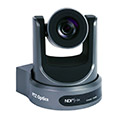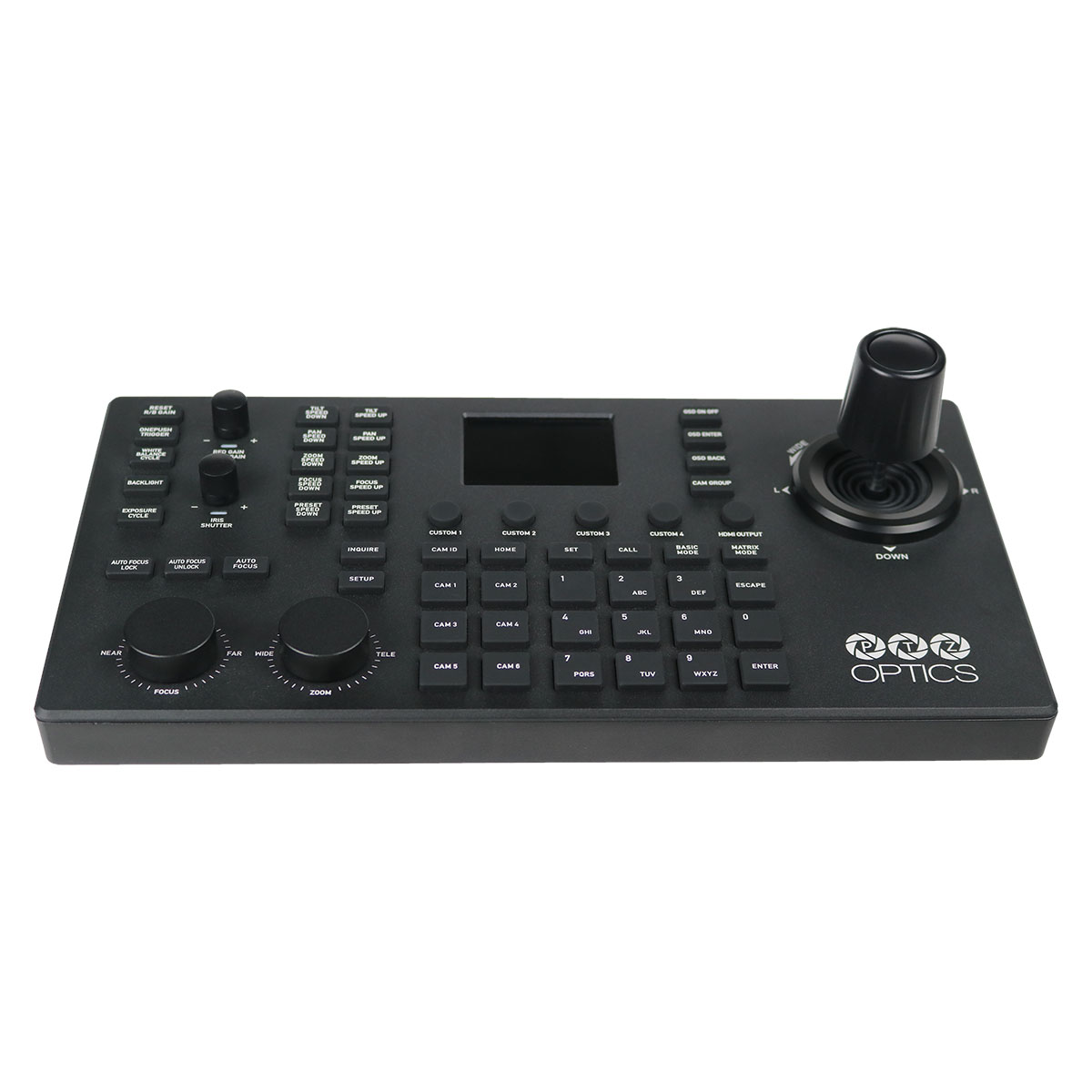Using Zoom to Create Interactive Church Experiences
Using Zoom to Create Interactive Church Experiences
The arrival of the COVID-19 pandemic has ushered in a new era for churches. Even churches that were slow to adopt new technology have found themselves embracing tech tools to keep their congregations connected. While this may have eventually been a shift that occurred over several years, many churches were forced to enter into a new reality in weeks or even days. Fortunately, there are many easy to use tools that were already available and made getting started faster and easier than was possible even a few years ago. Churches flocked to services like Facebook Live, Skype, and Zoom to connect with congregation members forced to stay away by fears of spreading the virus and state and local “shelter in place” ordinances.

Going to church from home is now the new normal. A small percentage of churchgoers have done this for years. This was thanks to televangelists and churches that broadcast services on television. Others were early adopters of live stream options. Churches have been adopting broadcasting and streaming technologies at different rates. Some are still experimenting while others have robust streaming church ministries. But, all of a sudden, church at home is all we have.
While we have reached a point where restrictions on gathering are beginning to lessen, it is going to be some time before everyone comes back. Those who are at a higher risk from the effects of COVID-19 may wait much longer before they feel safe returning. So, even as things begin to return to some form of normal, we are faced with a question. How are we going to include everyone in our worship and learning experiences?
Live streaming was a significant first step, but eventually, the church will need to think about ways to make experiences more interactive. How can we use the tools we have to offer more than just a one-way broadcast? How can we offer something that does more to replicate the interactive experience of the gathered body of the church? One option to begin to rebuild this sense of community in the online world is through the use of tools that allow for two-way video communication. One very popular example is Zoom.
Zoom: Meeting vs. Webinar
An important distinction to understand when working with Zoom is the difference between Zoom meetings and Zoom webinars. Most users of Zoom or other video conferencing software are likely familiar with the meeting format. In most cases, everyone shows up on the screen, and anyone can talk whenever they want. These are perfect for when the interaction is an essential element of the meeting.
The meeting format is what comes standard with Zoom. The webinar feature, on the other hand, is an available upgrade. The webinar is designed to be more of a one-way experience. The host can add several panelists but, by default, the rest of the participants are not connected to audio and video. They can see and hear but not be heard or seen. The host can elevate any participant to become part of the panel and share their audio, video, and screen. Still, the webinar is designed for one or more people speaking to an audience.

In the picture above you can see this church is using Zoom video conferencing on one laptop and OBS on a second laptop. The laptop running Zoom video conferencing is using a PTZOptics 20X-USB camera in order to bring in video and audio from their audio mixer. The OBS laptop is connected over the LAN (local area network). This laptop is used to capture the video from the PTZOptics camera over the network using RTSP. Using RTSP the OBS laptop can capture 1080p video with embedded audio. The church has noticed that the recordings are much higher quality then zoom when they are recorded with OBS (Open Broadcaster Software). It is possible to run OBS and Zoom on the same computer but for this scenario, the church decided to have to volunteers helping and using two computers really helped.
Part of the discussion for churches trying to create a more interactive environment in this new normal is deciding how much interaction is desired for different types of activities. For example, a worship service may be a situation where it is best to limit interaction. This is especially true with large congregations where the endless rows of small video thumbnails may be distracting. And there won’t likely be an opportunity for most people to speak anyway. The webinar format may be the best choice in this situation. It still does allow for the possibility of elevating a participant to share audio and video for such things as scripture reading or prayer.
Most churches have actives that, in a live format, are more interactive, like small group meetings and Sunday school classes. Inviting people to be seen and heard online may be the key to recreating the gathering experience. This is where the Zoom meeting may be a better option. Everyone can see and hear and be seen and heard.
Limiting Distraction and Keeping Things Secure
Quite a few churches have run into the issue of having their meetings disrupted through a process that has become known as Zoom bombing. This is where a nefarious actor gets ahold of the meeting information and purposely disrupts the meeting often through inappropriate screen sharing. But even well-intentioned church members can disrupt a meeting without the use of good meeting security and moderation.
Here are some Zoom best practices to keep your meetings safe and distraction-free:
- If there is no reason to have all the participants on screen or able to speak, consider using a webinar. Webinars can be publicly listed, and there is no risk of anyone disturbing the meeting. Only the host and select panelists have the login information that enables them to share audio, video, and their screen.
- When using the meeting format, when possible, consider using the password and waiting room feature. This limits who can enter the meeting.
- Set your meeting settings to mute participants on entry and don’t allow people to unmute themselves. This way, the moderator can control who is speaking when.
- Use the “raise hand” feature so that the moderator will know when someone wishes to speak.
- In the meeting settings, disable participants ability to share their screen.
- Consider using a meeting moderator in addition to the host to help with these tasks such as granting access, watching for raised hands, and unmuting participants who wish to speak.
Once you get comfortable with Zoom, there are even more features to explore. These include built-in chat and break out rooms that allow smaller groups to meet within the same larger meeting.
[xyz-ihs snippet=”Church-Blog”]

















